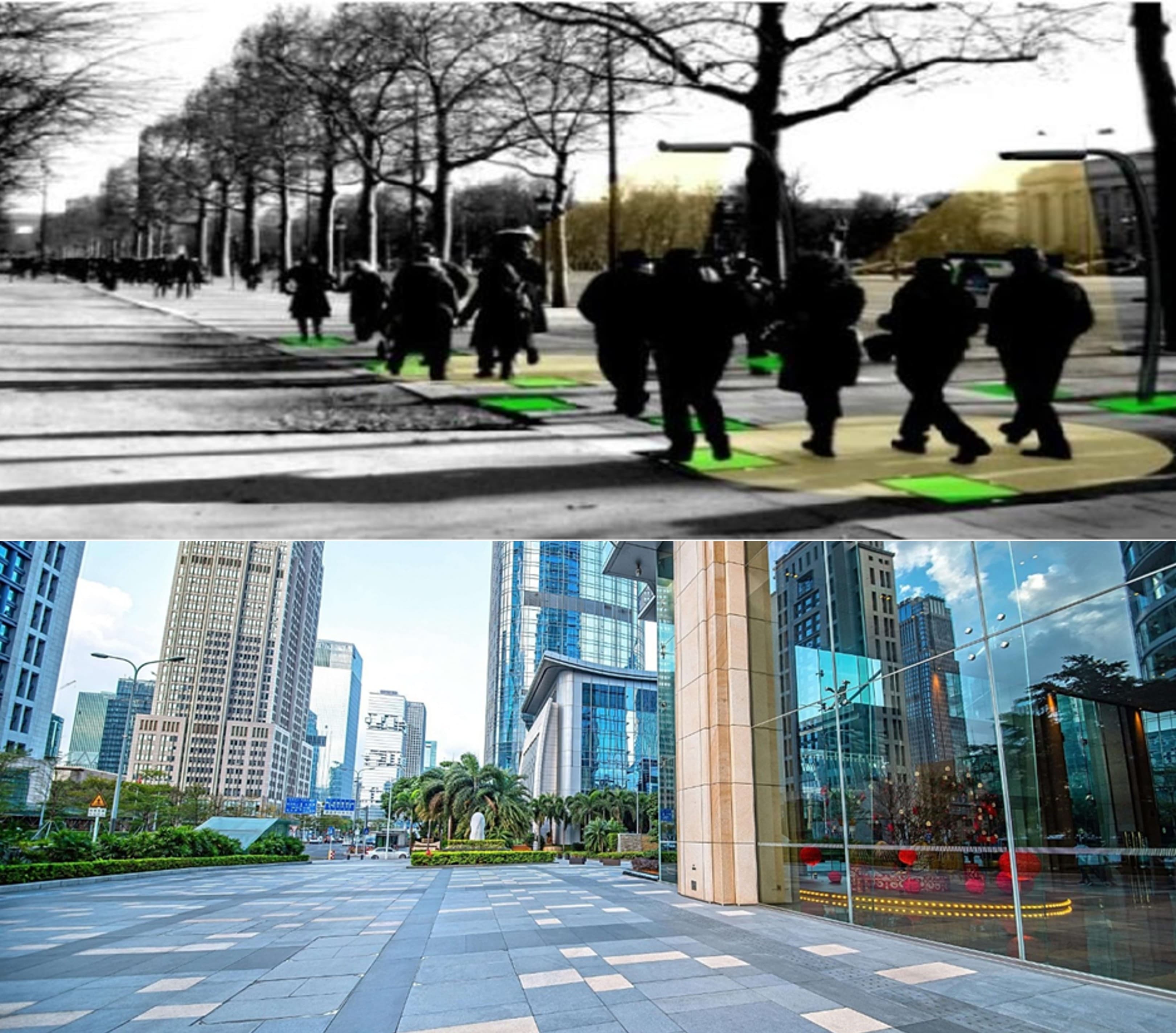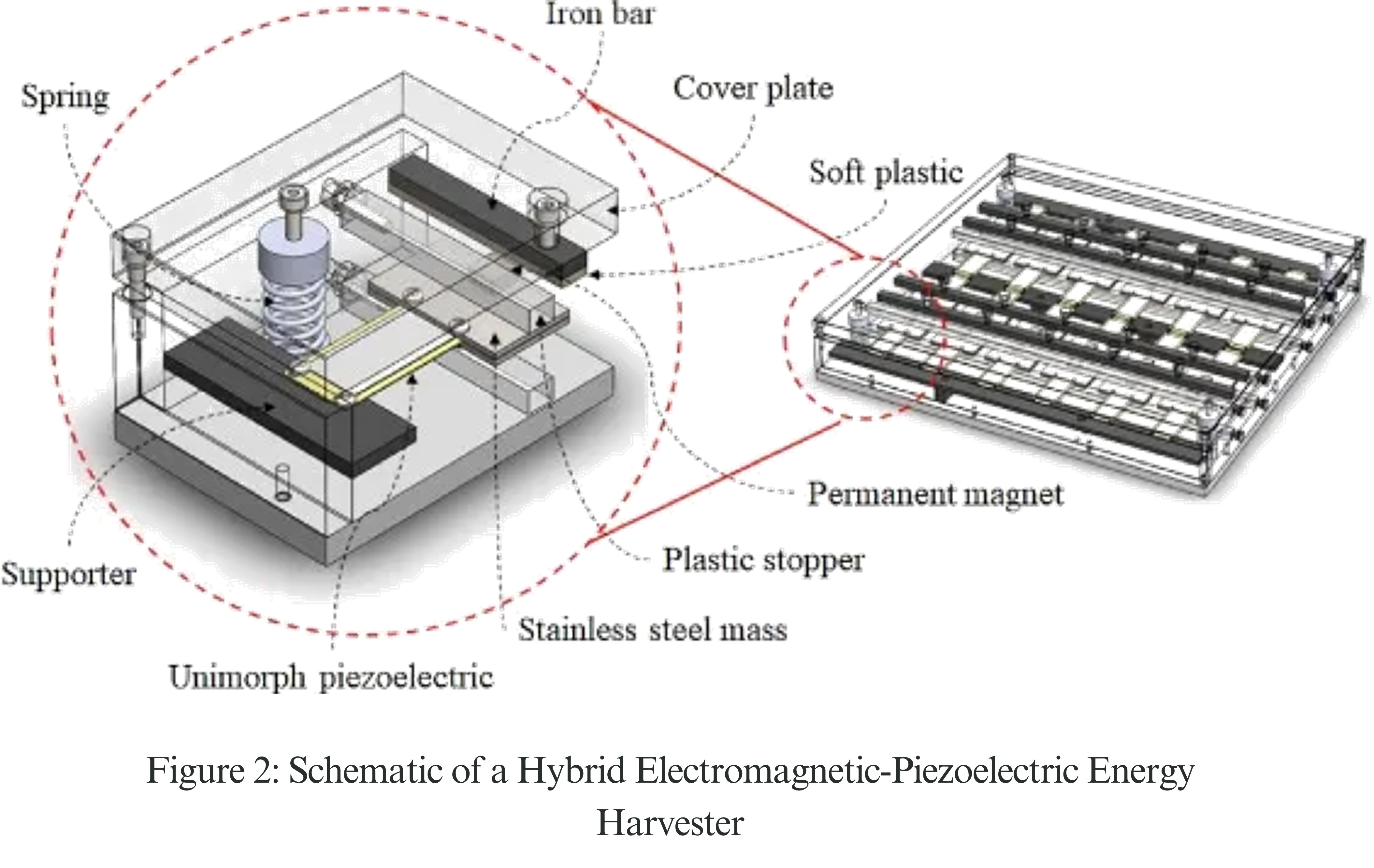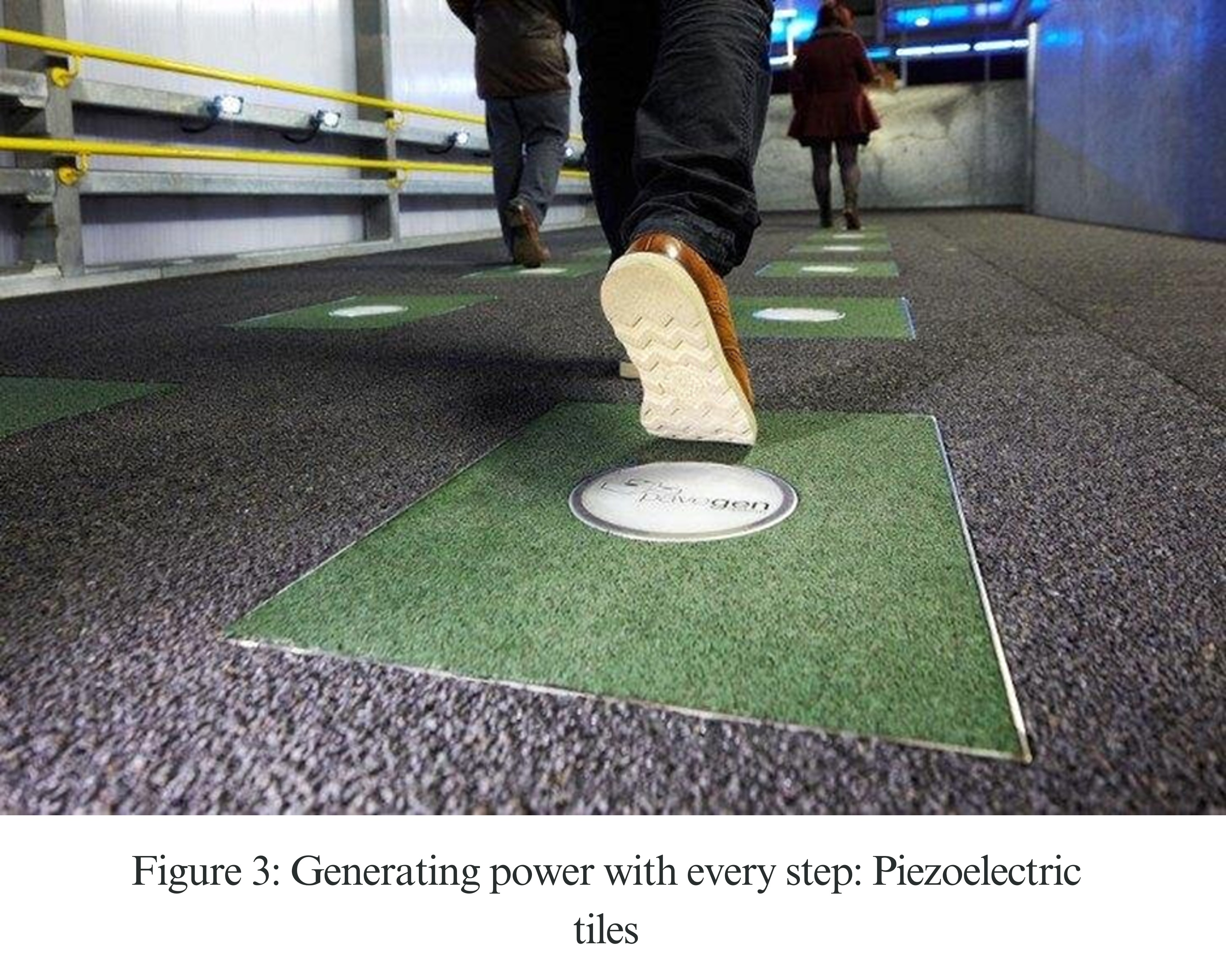
Japan, the hub of innovation and green technology in the world, has taken an incredible leap, literally, towards sustainable living. At several public areas, such as Tokyo's Shibuya Station and Tokyo Station's Yaesu North Gate, the ground itself has been turned into a source of electricity using piezoelectric tiles. These tiles convert the mechanical force of footsteps into small spurts of electricity, which are either stored in batteries or input directly into the power grid.

Though the energy generated by each step is minute, the cumulative impact over thousands of commuters is significant, both in terms of energy generated and in generating awareness of alternative, green sources of energy.
This intriguing conversion is achieved with piezoelectric materials, materials that generate an electric charge when subjected to mechanical stress. "Piezo" is derived from the Greek word piezein, "to press" or "squeeze." When these materials, like quartz, man-made ceramics such as lead zirconate titanate (PZT), or some polymers, are pressed, their inner atomic configuration changes slightly. This small movement creates an electric imbalance and therefore a voltage in the material. It's an amazing example of mechanical energy being directly converted into electric power.

Japan was among the first to utilize this technology in real-world applications. Shibuya Station, one of Tokyo's most heavily used transportation hubs, and Tokyo Station's Yaesu North Entrance are two notable examples where piezoelectric tiles were used, as mentioned previously.
Each tile serves as a miniature energy harvester: pressure from footsteps deforms it, and this is transferred to the piezoelectric materials embedded in the tile. The produced electric current is conditioned, typically AC to DC, and either saved or utilized directly.
While the energy generated per step is not enough to power massive-scale infrastructure, its value lies elsewhere, in innovation and awareness. These installations are two-purpose working systems and educational tools, demonstrating what is possible with intelligent materials daily.
They remind us that even the simplest things, such as walking, can contribute to building a greener future. By integrating science and sustainability, such technologies bring about a shift in our perspective towards energy: not merely as produced in massive power plants, but as a potential we can unlock through simple actions. It's not only about technology, it's about a way of thinking, a step towards wiser, more prudent living.

As materials science and engineering students and researchers, it is our responsibility to explore and advance the use of piezoelectric materials beyond energy harvesting and into actuators, sensors, and more advanced applications. With the use of these smart materials' capabilities, we can contribute to building a cleaner, greener future, step by step.